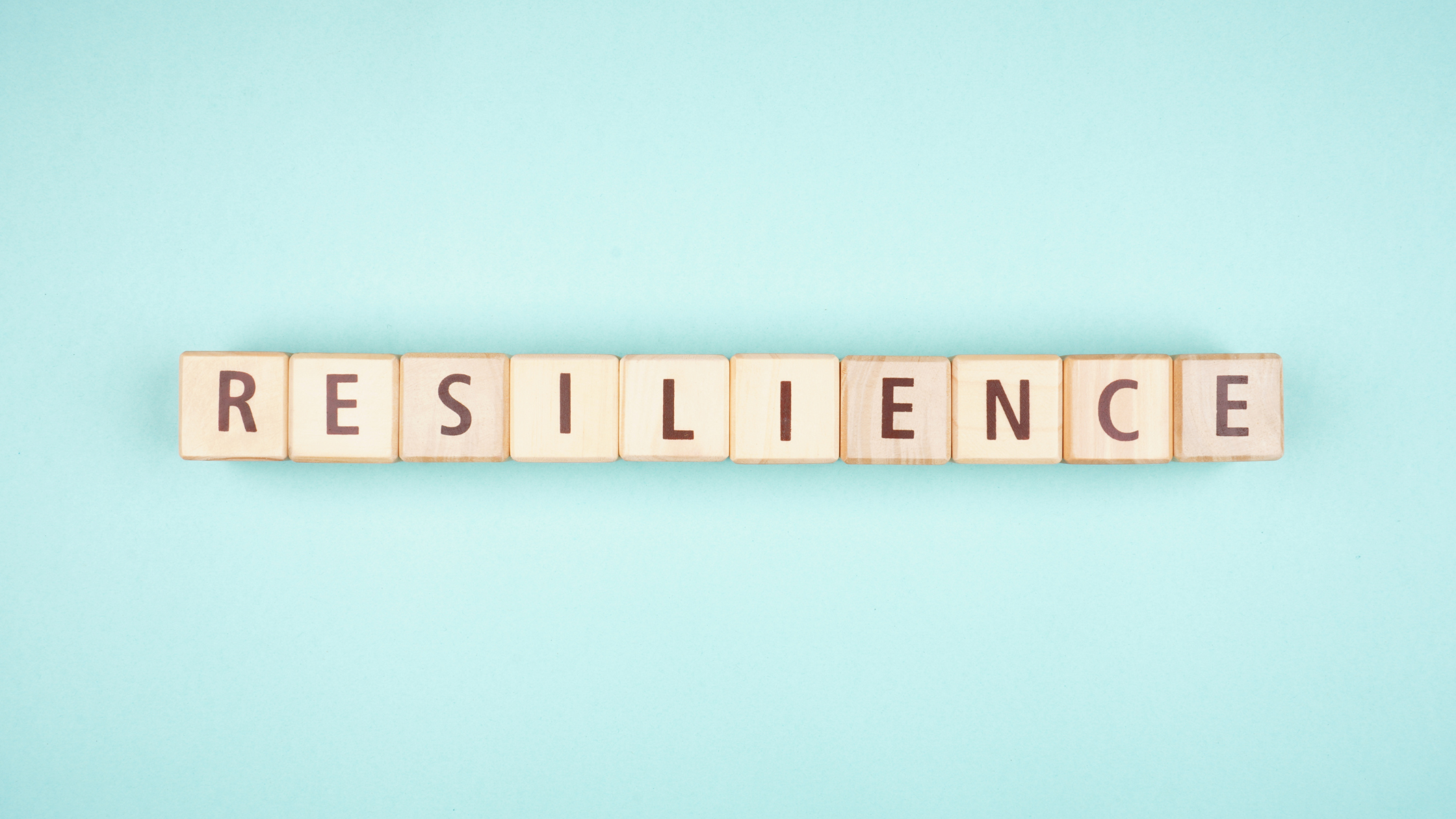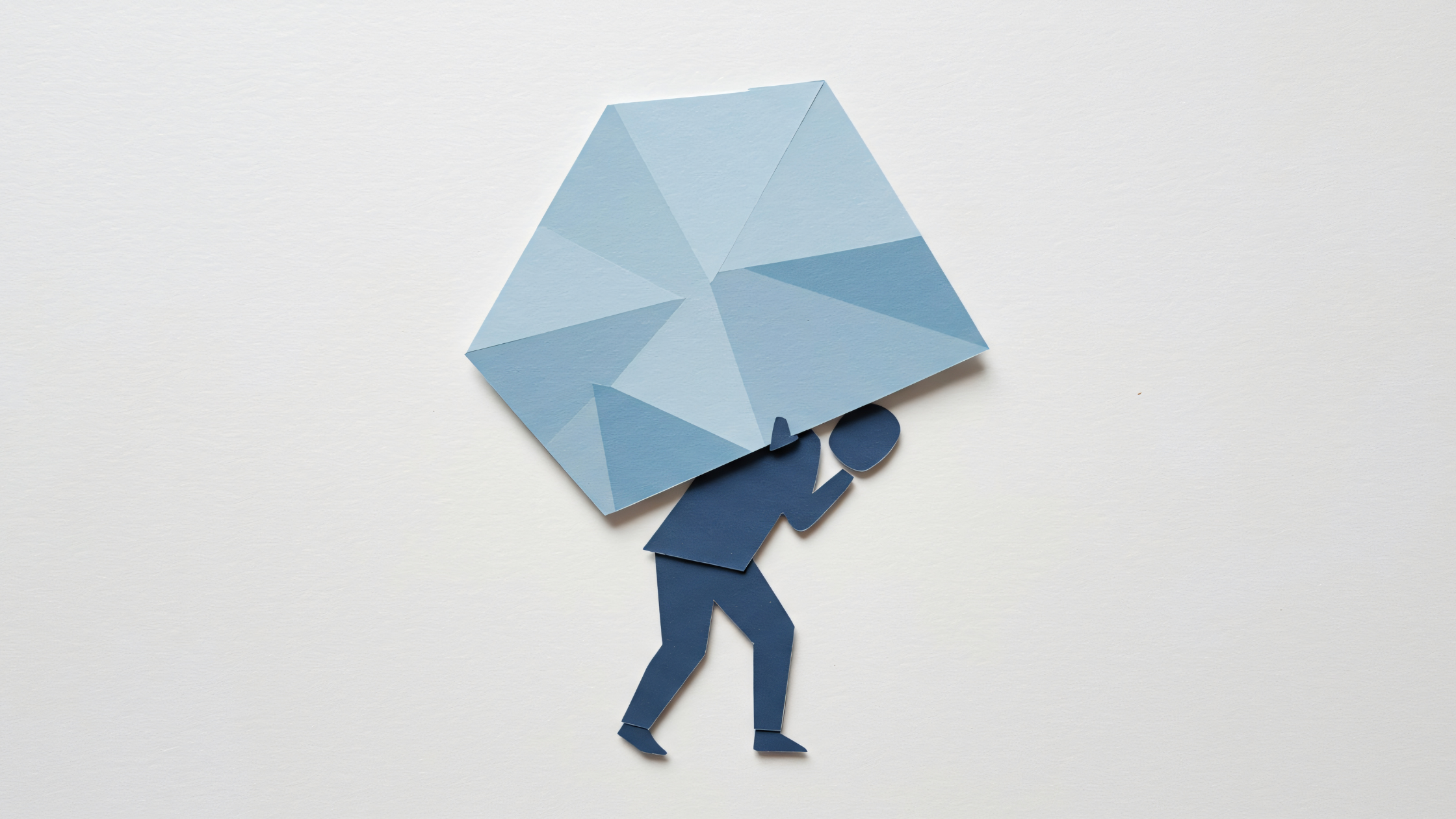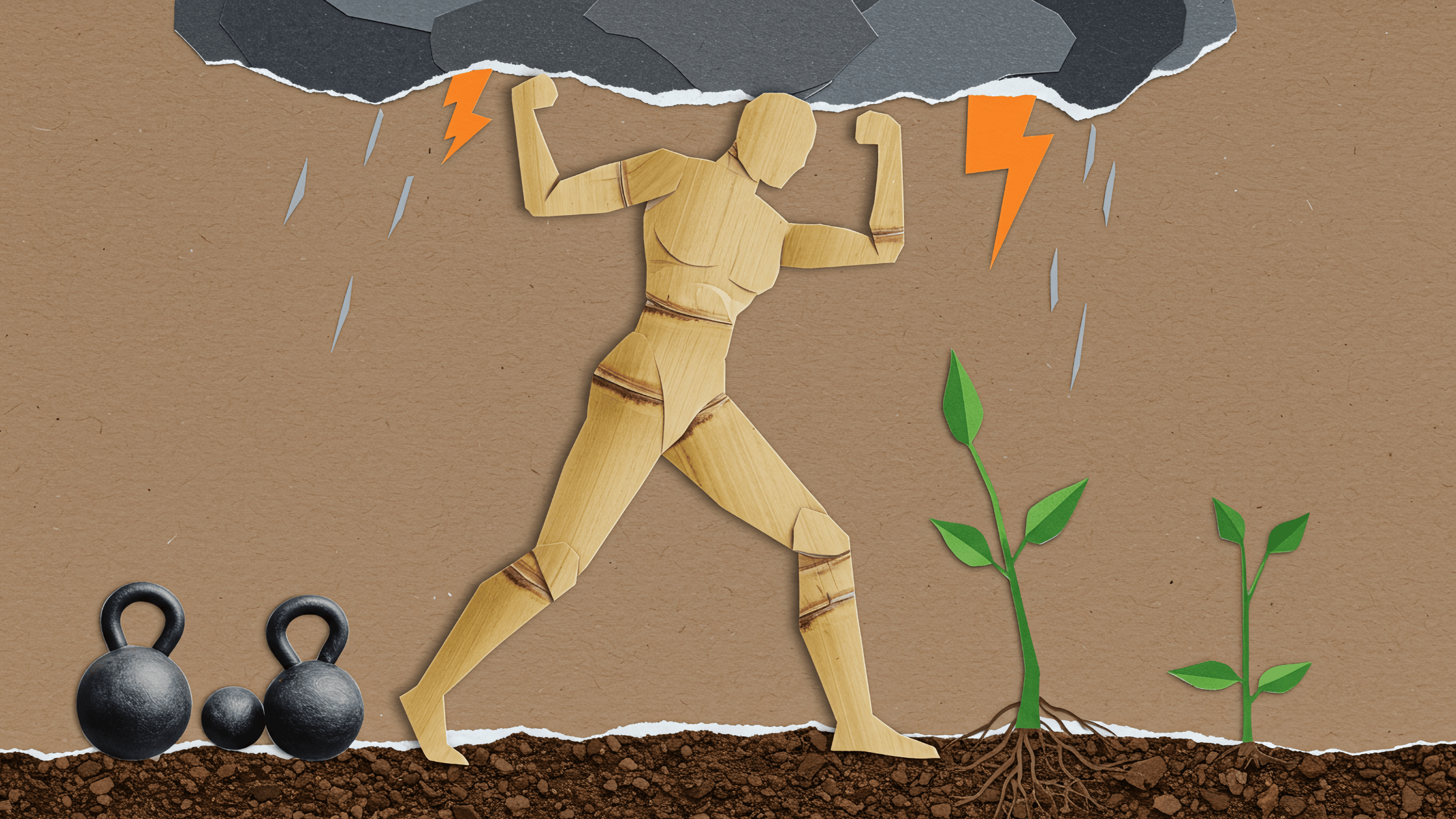Australia’s Productivity Crisis: Beyond the Headlines

For decades, Australia’s economic strength has been underpinned by steady productivity growth. But in 2025, the story looks very different. The latest figures from the Productivity Commission show productivity going backwards, even as Australians clock in more hours than ever before. This isn’t just an academic problem: declining productivity means businesses are paying more for less output, employees are working harder without feeling more effective, and the national economy is losing its competitive edge.
What makes the picture even more striking is the paradox: businesses are both hiring aggressively and cutting staff at the same time. According to the Australian HR Institute (AHRI), 69% of organisations are recruiting while 27% are making redundancies. Beneath the headlines, the story becomes clear; productivity isn’t being driven by efficiency gains, but by more hours, more churn, and more pressure.
Sustainable productivity doesn’t come from extracting more hours or adding headcount. It comes from tenure, engagement, and psychologically safe, high-performing teams. And right now, that’s exactly where Australian organisations are falling short.
Australia’s Productivity at a Crossroads
The Productivity Commission’s June 2025 Bulletin makes for sobering reading: while market sector output grew by 1.3%, total hours worked rose by 2.3%. That leaves a 1% decline in labour productivity. In practical terms, this means the economy is only growing because Australians are spending more time at work, not because they’re working smarter.
The story differs across sectors. Business output has stagnated, but the real drag comes from the non-business sector; education, healthcare, and public services. These are areas where demand is rising, workforces are under pressure, and efficiency improvements are much harder to achieve. When productivity falls in these sectors, the impact ripples across the entire economy, from taxpayer funding to service delivery.
For leaders, this matters because the warning signs are clear: relying on more hours worked to drive output is unsustainable. The model burns people out, increases absenteeism, and leaves organisations vulnerable to risk. As one Productivity Commission analyst put it, we’re “buying” growth with human fatigue instead of finding ways to work smarter.
Buying Output With Hours, Not Efficiency
At first glance, more hours might seem like progress. More people at work, longer rosters filled, and higher headcount figures. But dig deeper, and it’s clear this is a short-term play with diminishing returns.
Consider healthcare. Nurses and frontline staff are covering chronic shortages with overtime. Productivity might appear to rise in the short term, but the real costs; burnout, higher sick leave, turnover, and errors in care, undermine the system. In the tech sector, developers working 60-hour weeks don’t write better code; they create more bugs, which then require rework and delay delivery. In professional services, consultants pulling long nights are more likely to miss detail, damaging client trust.
Gallup’s State of the Global Workplace 2025 confirms the connection: only 21% of employees worldwide are engaged, down from 23% the year before. When engagement falls, wellbeing collapses and so does productivity. Gallup estimates disengagement is costing the global economy USD $438 billion annually. Working longer hours in disengaged environments simply magnifies that cost.
The Australian reality is this: we are mistaking busyness for productivity. But busyness isn’t a strategy. It’s a symptom of deeper structural problems.
Workforce Churn as the Silent Killer
If longer hours are one side of the problem, workforce churn is the other. The AHRI Work Outlook Q3 2025 report paints a picture of turbulence:
- 69% of employers are recruiting new staff.
- 27% are making redundancies.
- 33% report hiring difficulty due to skill shortages.
- Turnover sits at an average of 15%, but 28% of organisations report turnover of 20% or more.
This churn is enormously costly. Hiring new employees takes months of advertising, interviewing, and onboarding. But the real hit comes from lost productivity. Research shows employees are 53% more productive after their first year of tenure. Every time an organisation replaces an employee, it resets that clock, losing compounding performance gains and damaging client or customer continuity.
Take a mid-sized company of 1,000 employees with 20% turnover. That means 200 staff need to be replaced every year. Not only is that a massive direct cost in recruitment and training, but it also erodes institutional knowledge, slows project delivery, and weakens culture. High turnover also creates a vicious cycle: remaining staff see colleagues leave, morale dips, workloads spike, and more resignations follow.
In short, churn is a silent productivity killer. And while leaders often obsess over recruitment pipelines, the bigger lever is retention. Stability, not constant replacement, is the productivity multiplier.
Why Stability Beats Extraction
If longer hours and churn are destroying productivity, what’s the alternative? The answer is stability. Teams that stay together longer and feel safe to contribute consistently outperform fragmented, overworked groups.
Research from Culture Amp highlights that employees under high-performing managers are 4.5 times more likely to be high performers themselves. Amy Edmondson’s landmark studies on psychological safety also show that teams with open, supportive environments make fewer errors, learn faster, and adapt better under pressure.
This is because stability compounds. When employees stay, they deepen their understanding of systems, clients, and markets. Trust builds within teams. Collaboration becomes smoother. Leaders can focus on innovation instead of firefighting. Over time, the efficiency gains far outweigh anything achieved by squeezing in more hours.
Stability also addresses the broader risks of fatigue. Employees who feel engaged and secure are more resilient, less likely to burn out, and more committed to their organisation’s mission. For Australian businesses, this is the untapped lever: investing in tenure and psychological safety creates durable, sustainable productivity gains.
Time to Rethink Productivity
The numbers are clear. Productivity is falling because we’re leaning on the wrong levers: longer hours and constant churn. These approaches deliver a short-term boost, but at the expense of long-term performance, wellbeing, and resilience.
If Australia wants to reverse its productivity decline, leaders must shift their focus. The future of productivity lies in tenure, engagement, and psychological safety, not in squeezing out extra hours. Stability isn’t a “nice to have”; it’s a business necessity.
At GRACEX, we help organisations make that shift through our Resilience OS tools designed to measure and improve culture, leadership, and team performance. If you want to know where your organisation really stands on resilience, culture, and compliance, book a call with GRACEX today.







.png)






.png)
.png)
.png)
.png)

.png)
.png)
.png)
.png)
.png)